-
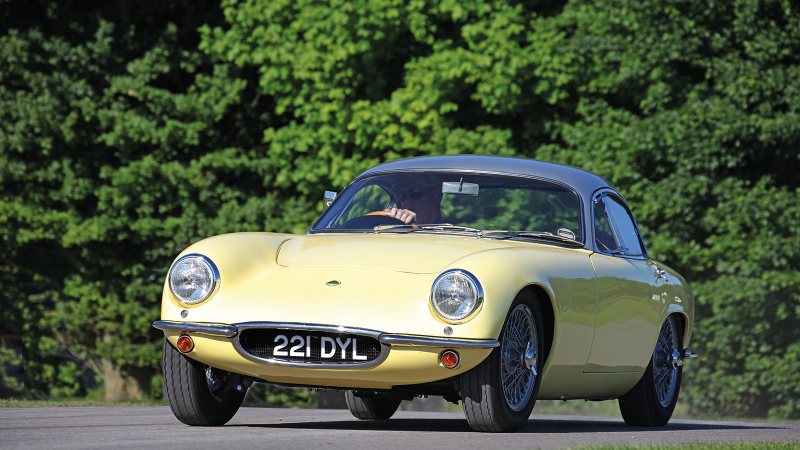 © James Mann / Classic & Sports Car
© James Mann / Classic & Sports Car -
 © Tony Baker / Classic & Sports Car
© Tony Baker / Classic & Sports Car -
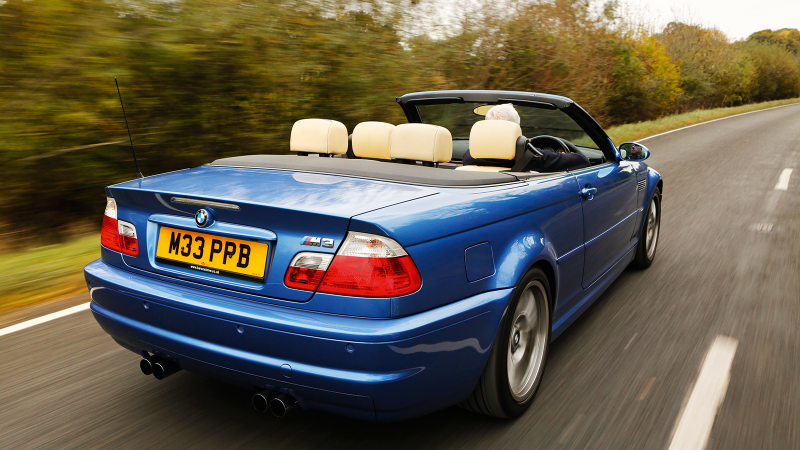 © Tony Baker / Classic & Sports Car
© Tony Baker / Classic & Sports Car -
 © Tony Baker / Classic & Sports Car
© Tony Baker / Classic & Sports Car -
 © Tony Baker / Classic & Sports Car
© Tony Baker / Classic & Sports Car -
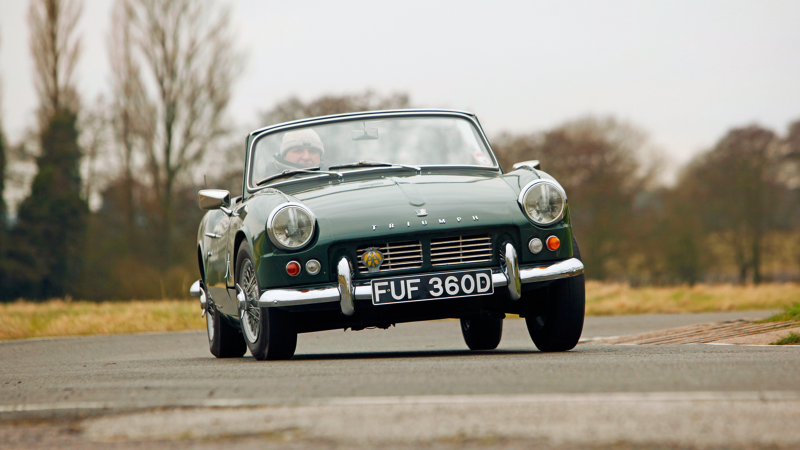 © Tony Baker / Classic & Sports Car
© Tony Baker / Classic & Sports Car -
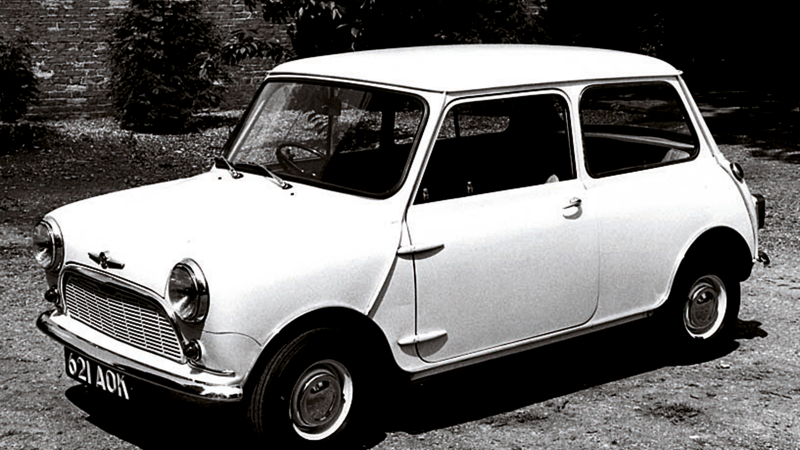 © What Car?
© What Car? -
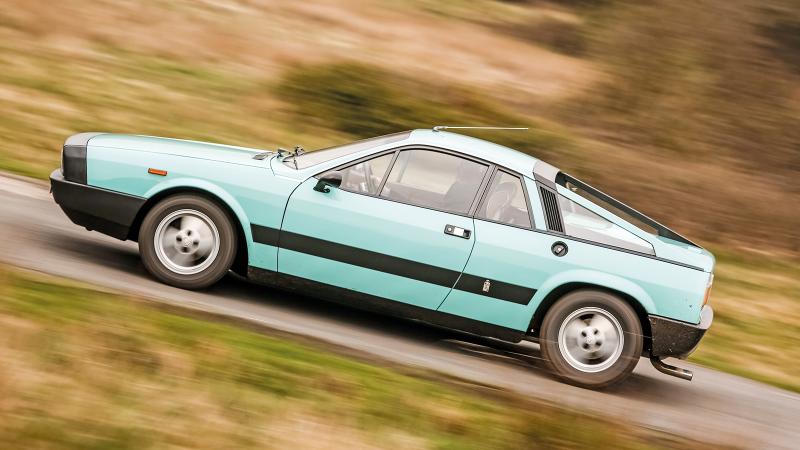 © Tony Baker / Classic & Sports Car
© Tony Baker / Classic & Sports Car -
 © Tony Baker / Classic & Sports Car
© Tony Baker / Classic & Sports Car -
 © Tony Baker / Classic & Sports Car
© Tony Baker / Classic & Sports Car -
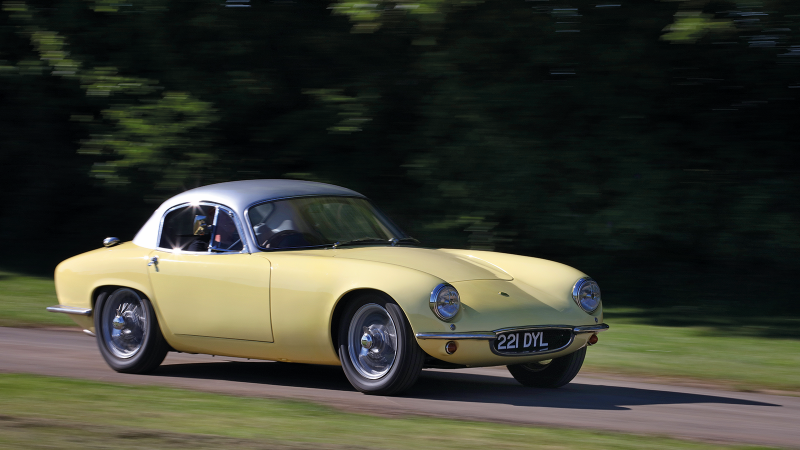 © James Mann / Classic & Sports Car
© James Mann / Classic & Sports Car -
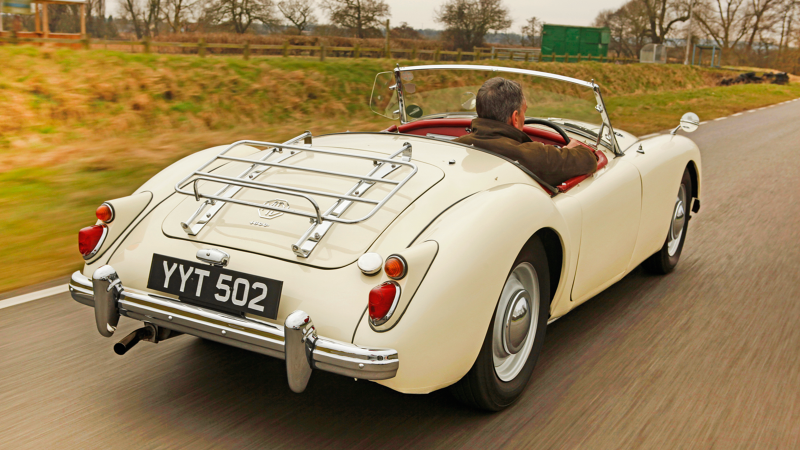 © Tony Baker / Classic & Sports Car
© Tony Baker / Classic & Sports Car -
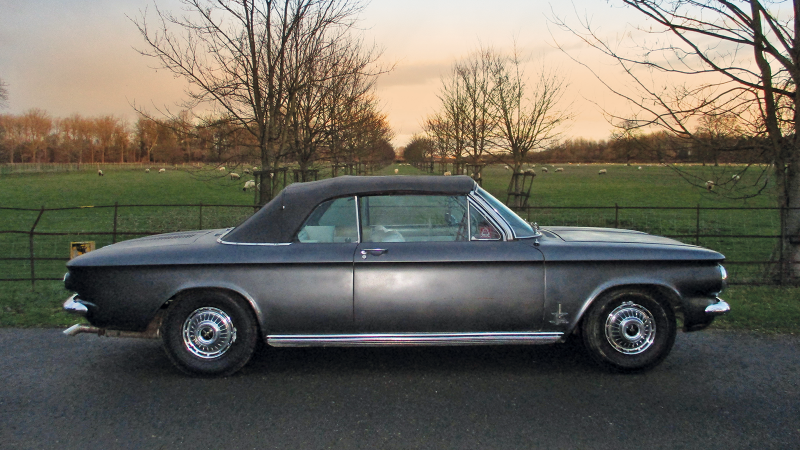 © Classic & Sports Car
© Classic & Sports Car -
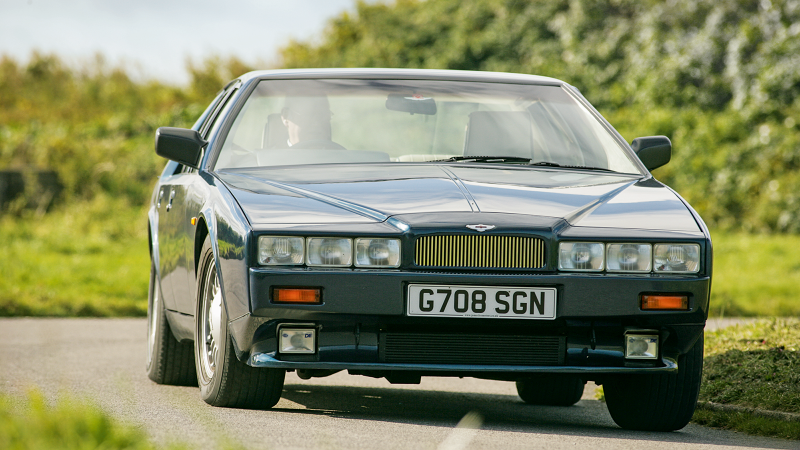 © Tony Baker / Classic & Sports Car
© Tony Baker / Classic & Sports Car -
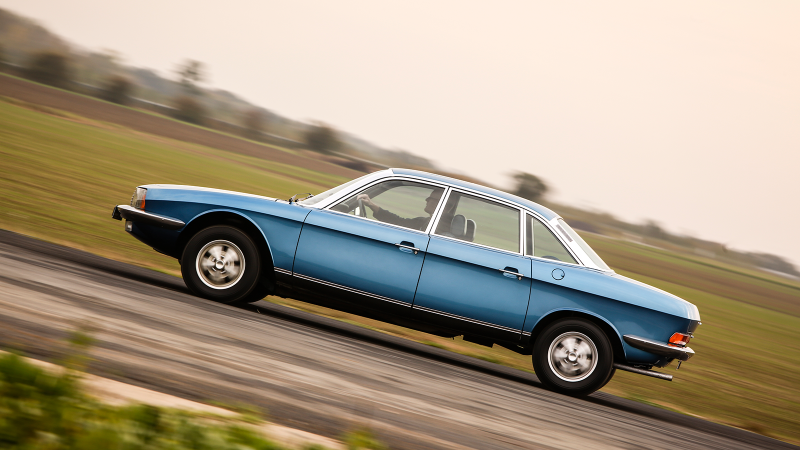 © Tony Baker / Classic & Sports Car
© Tony Baker / Classic & Sports Car -
 © Mecum
© Mecum -
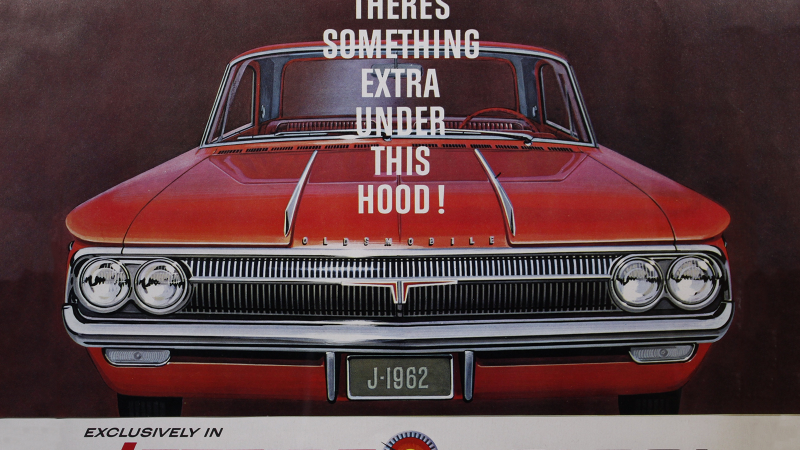 © Classic & Sports Car
© Classic & Sports Car
-
These classics were all great – but for one problem…
According to Greek mythology, Achilles’ mother dipped his body into the river Styx to confer invulnerability. However, because she held him by his heel, which never touched the water, it remained the great hero’s weak spot and ultimately led to his death.
Cars don’t generally get dipped into the river Styx, but plenty of four-wheeled heroes have had their own Achilles’ heels.
Here are 16 classics we love in spite of their flaws.
-
1. Porsche 911 (996)
Not everyone like the 996-generation 911’s soap-bar styling and runny-egg lights, but it was the switch from air- to water-cooling that had purists up in arms.
And that was before they knew the M96 flat-six in early 996s and Boxsters suffered from catastrophic failures as a result of chipped liners and collapsed intermediate shaft bearings.
Contrary to what internet forums would have you believe, not every car is guaranteed to fail. But the prospect of spending half the value of a 996 (or the entire value of a Boxster) fixing it is enough to frighten many away.
-
2. BMW E46 M3
The third-generation M3 stuck with a straight-six, but power was lifted to 338bhp for even stronger acceleration.
Not so strong was the thin metalwork around the rear subframe, which suffered from serious stress fractures.
Cars built after 2004 have a modified rear panel with more spot welds, but when it comes to the early cars, it’s a matter of when, not if, they need the circa-£1500 repair.
-
3. TVR Tuscan
Despite achieving great success with tuned versions of the ex-Buick Rover V8, and having less R&D budget than Ford allocates to ashtray design, TVR decided to build its own straight-six and V8 engines in the late 1990s – with predictable results in terms of both performance and reliability.
“They improved dramatically from late 2002,” says Nick Clegg, who built engines at the Blackpool factory and now runs specialist Str8 Six (www.str8six.co.uk) of the engine in the Tuscan. “But I wouldn’t touch an early car that hasn’t already had a rebuild.”
-
4. Triumph Stag
Although the Stag was based on its 2000/2500 saloon, Triumph decided not to use the 2500’s fuel-injected straight-six, but rather a new, torquier 3-litre V8 that would better match its GT character.
Unfortunately, GT stood for gritted teeth, through which Stag owners would have said their name when calling through to the AA switchboard to report another overheating incident, the result of poor cooling design and shoddy workmanship.
-
5. Triumph Spitfire
The early Spitfire’s elegant long nose and pinched waist were much more likely to raise the pulse than its contemporary MG Midget rival. Unfortunately, so was the handling.
While the MG used a simple live rear axle, the supposedly more sophisticated swing-axle suspension on the Spit caused dangerous camber changes if you lifted off the throttle mid corner.
Triumph fixed the problem by freeing all but the lowermost of the transverse leaf springs for 1970’s Mk4.
-
6. Mini
Issigonis’ 10ft Tardis was clever, but not without fault. A bouncy ride and rust in the external seams were just some of the problems. But the biggest one only appeared in the rain.
The distributor’s position on the front of the engine, right behind the grille meant the slightest sniff of moisture could kill the spark dead.
-
7. Lancia Beta Monte-Carlo
Pininfarina’s pretty two-seat middie suffered the same tinworm problems that blighted every other ’70s Italian car. But brakes that were prone to lock-up in the wet meant many drivers destroyed their Monte before rust had a chance to.
Lancia actually suspended production in 1978 while it made changes, including ditching the brake servo.
-
8. Alfa Romeo Alfasud
A brilliant car – that could have been even better if Alfa had engineered it as a hatchback right from the beginning, rather than at the end of its life – the Sud’s good work was undone by its terrible build quality.
Cheap steel, union unrest and an inexperienced, uncaring workforce in the new factory in southern Italy that the government had insisted on building it in, all conspired to create a car even more famous for its propensity to rot than its superb handling.
-
9. Audi TT
Audi’s rebodied Golf was an instant sensation thanks to its Bauhaus-inspired styling, cool interior and 1.8-litre turbocharged engines.
But it soon hit the headlines for another reason when five TT owners died in accidents attributed to iffy high-speed stability.
Mindful of the damage to its reputation caused by unintended acceleration claims in the 1980s, the company issued a recall to fit early models with a spoiler and ESP and to make minor suspension changes.
-
10. Lotus Elite
Colin Chapman’s first proper car broke new ground with its glassfibre monocoque; other plastic sports cars sat on a conventional steel chassis.
But that clever structure was also its Achilles’ heel. Bolting components directly to the glassfibre chassis meant refinement was poor and some cars’ suspension mounting points actually pulled out of the body.
-
11. MGA Twin Cam
MG took a giant leap into the future in 1953 when the streamlined MGA replaced the geriatric TF with its separate wings.
There was no giant leap in performance, though – until MG added a second cam to the B-series block, boosting power from 72bhp to 108bhp, and lopping a massive 5 secs off the 0-60mph sprint.
Unfortunately, the engine’s reputation for consuming oil and pistons meant it was axed after just 2111 cars were built.
-
12. Chevrolet Corvair
The original Corvair’s supposed handling problems, highlighted by Ralph Nader in his book Unsafe at any Speed, are well known, though many other contemporary cars also used the flawed swing-axle suspension design.
But by the time Nader’s book came out in 1965, so had the massively improved second-generation Corvair, complete with fully independent suspension and almost no handling issues. Its fatal flaw was retaining the Corvair name.
-
13. Aston Martin Lagonda
As if looking like the result of a fight between a Rolls-Royce and a steamroller wasn’t controversial enough, the wedgy William Towns-designed Lagonda featured an LED dashboard with touch-pad controls.
Perhaps unsurprisingly, it was hugely complicated and hugely unreliable. So Aston switched to cathode ray tubes for the S3 car’s dash, which turned out to be even flakier.
-
14. NSU Ro80
Car of the Year in 1968, the Ro80’s slippery shape, semi-auto gearbox and free-revving rotary engine seemed like spaceship stuff compared to a contemporary Cortina.
But that rotary guzzled both fuel and its rotor tips, resulting in even young cars needing expensive rebuilds. Some owners decided it was more trouble than it was worth and filled the engine bay with a Ford V4 instead.
-
15. Pontiac Firebrid Trans-Am
It still had the swagger, the scoops, the spoilers and the screaming chicken on the bonnet, but by the mid 1970s, Pontiac’s smog-strangled muscle car had almost none of the performance of its predecessors.
Road Test Magazine’s 1975 example made just 185bhp from 6.6 litres, took a yawning 11.2 secs to reach 60mph and couldn’t even squeak the tyres on a dry road.
-
16. Oldsmobile Jetfire
More than a decade before BMW and Porsche gave Europe its first taste of turbo technology, GM was carrying out its own forced induction experiments.
The Oldsmobile Jetfire’s 215bhp, 300lb ft turbocharged engine delivered big V8 punch from a modest 3.5-litre capacity and could reach 60mph in around 9 secs.
But owners didn’t understand the importance of regularly refilling the small tank that emptied a methyl-alcohol fluid into the combustion chamber to stop the engine grenading itself. As a result, many cars had the turbo kit removed.
